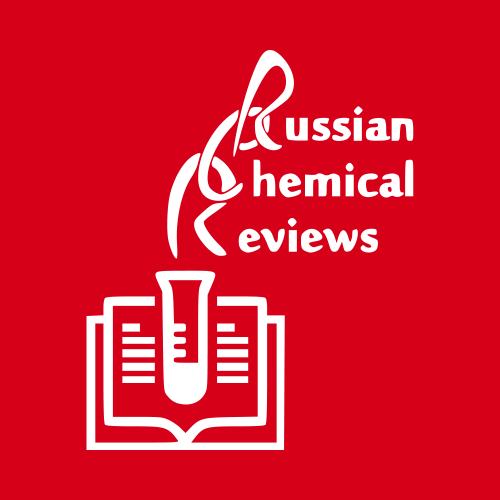
Evaluation of the Flexural Strength, Water Sorption, and Solubility of a Glass Ionomer Dental Cement Modified Using Phytomedicine
Various medicinal plant parts and extracts have been proven to be sources of biologically active compounds, many of which have been incorporated in the production of new pharmaceutical compounds. Thus, the aim of this study was to increase the antimicrobial properties of a glass ionomer cement (GIC) through its modification with a mixture of plant extracts, which were evaluated along with a 0.5% chlorohexidine-modified GIC (CHX-GIC) with regard to the water sorption, solubility, and flexural strength. Methods: Salvadora persica, Olea europaea, and Ficus carcia leaves were prepared for extraction with ethyll alcohol using a Soxhlet extractor for 12 h. The plant extract mixture (PE) was added in three different concentrations to the water used for preparation of a conventional freeze-dried GIC (groups 1:1, 2:1, and 1:2). Specimens were then mixed according to the manufacturer’s instructions and tested against the unmodified GIC (control) and a GIC modified with 0.5% chlorhexidine. Water sorption and solubility were evaluated after 7 days of immersion in distilled water. Flexural strength was evaluated in a three-point bending test after 24 h using a universal material testing machine at a crosshead speed of 1 mm/min. One-way analysis of variance (ANOVA) was used for comparison between the groups. Tukey’s post hoc test was used for pairwise comparison when the ANOVA test was significant. Results: There were no statistically significant differences between the control (M = 20.5%), CHX-GIC (M = 19.6%), 1:1 (M = 20.0%), 1:2 (M = 19.5%), and 2:1 (19.7%) groups with regard to the percentage of water sorption, while for water solubility the 2:1 (M = −0.39%) plant-modified group was significantly different from all of the other groups. Flexural strength test results showed that the 2:1 group (M = 26.1 MPa) recorded significantly higher mean values compared to all other tested groups. Conclusion and clinical relevance: The plant extracts did not negatively affect the water sorption and solubility of the GIC, while the flexural strength was improved by the addition of the plant extract at higher concentrations.
Top-30
Journals
|
1
2
|
|
|
Polymers
2 publications, 9.52%
|
|
|
Journal of the Mechanical Behavior of Biomedical Materials
2 publications, 9.52%
|
|
|
BMC Oral Health
2 publications, 9.52%
|
|
|
Open Dentistry Journal
1 publication, 4.76%
|
|
|
Materials
1 publication, 4.76%
|
|
|
Odontology / the Society of the Nippon Dental University
1 publication, 4.76%
|
|
|
Journal of Dentistry
1 publication, 4.76%
|
|
|
International Journal of Dentistry
1 publication, 4.76%
|
|
|
Journal of Functional Biomaterials
1 publication, 4.76%
|
|
|
Cureus
1 publication, 4.76%
|
|
|
Russian Chemical Reviews
1 publication, 4.76%
|
|
|
Journal of Biomedical Materials Research - Part B Applied Biomaterials
1 publication, 4.76%
|
|
|
Scientific Reports
1 publication, 4.76%
|
|
|
Innovative Infrastructure Solutions
1 publication, 4.76%
|
|
|
International Journal of Clinical Pediatric Dentistry
1 publication, 4.76%
|
|
|
International Journal of Prosthodontics and Restorative Dentistry
1 publication, 4.76%
|
|
|
Beni-Suef University Journal of Basic and Applied Sciences
1 publication, 4.76%
|
|
|
Frontiers in Dental Medicine
1 publication, 4.76%
|
|
|
1
2
|
Publishers
|
1
2
3
4
5
6
7
|
|
|
Springer Nature
7 publications, 33.33%
|
|
|
MDPI
4 publications, 19.05%
|
|
|
Elsevier
3 publications, 14.29%
|
|
|
Jaypee Brothers Medical Publishing
2 publications, 9.52%
|
|
|
Bentham Science Publishers Ltd.
1 publication, 4.76%
|
|
|
Hindawi Limited
1 publication, 4.76%
|
|
|
Autonomous Non-profit Organization Editorial Board of the journal Uspekhi Khimii
1 publication, 4.76%
|
|
|
Wiley
1 publication, 4.76%
|
|
|
Frontiers Media S.A.
1 publication, 4.76%
|
|
|
1
2
3
4
5
6
7
|
- We do not take into account publications without a DOI.
- Statistics recalculated weekly.









